Pasteurizing eggs using the sous vide method is so simple, pretty much hands-off, and it's a great way to make all those delicious recipes that aren't cooked and use raw eggs.
If the thought of making a Caesar salad dressing, homemade eggnog, or your own homemade mayonnaise makes you kind of squeamish, because the recipe calls for raw eggs, this is a great solution!
Sous Vide pasteurized eggs is easy. Simply take your eggs with the shell on, heat your water to the stated temperature using a sous vide immersion circulator or the sous vide function on the Ninja Foodi pressure cooker or Instant Pot Duo Crisp, heat them for the stated time, plunge them into an ice bath, and refrigerate until use. The coolest thing is you can tell that they have been pasteurized because they look different!
Frequently Asked Questions
No, in fact most are not. While you can purchase pasteurized eggs from some grocery stores, they are usually more expensive. There is some confusion on this topic because if you do a search on Google, you might see an excerpt from the USDA saying that all egg products are pasteurized. Products is the key word here. Egg products are not whole eggs in the shell, "products" refer to things like liquid eggs or liquid egg whites that you buy in a carton. Egg "products" are always pasteurized, but shell eggs are not.
If you live in a different country, check with your government agency regarding the regulations of shell eggs.
Yes, you need to keep them in the refrigerator.
They will last 3-5 weeks in the refrigerator. I recommend using recently-bought eggs or freshly-laid chicken eggs if you have hens.
That depends on the container you are using and how many will fit. The time is the same for 1 egg or 2 dozen. The important thing is that the eggs are fully submerged AND the water is able to easily circulate around the eggs. You wouldn't want to fill a bag with eggs so tightly that the water can't surround each one.
Can You Use Pasteurized Eggs in Any Recipe?
While I wouldn't go to the trouble of pasteurizing eggs for regular baking recipes, I did try them in chocolate chip cookies and they worked just fine.
There might be some recipes that you wouldn't want to use pasteurized eggs because the egg white does get cloudy. For example, I would probably stick with raw egg whites when making Swiss Buttercream, but I would certainly give the pasteurized whites a chance when making Whoopie Pies.
Uses for Pasteurized Chicken Eggs
You might wonder why go through the trouble of pasteurizing eggs and, if you only use raw eggs in cooked recipes, you don't have to pasteurize them.
However, many recipes are made with raw eggs that are never cooked and a lot of people will stay away from them because they don't want to take the risk of eating raw eggs. This is the solution!
There are also recipes that "lightly" cook eggs and you may wonder if they are cooked enough. This is the solution!
Cooking eggs over a low heat to gently heat them to "safe" temperatures while being very careful not to let the eggs cook is a process that I've done a million times when making hollandaise sauce, eggnog, and chicken carbonara and I always have people ask me if it's really safe to make these recipes with raw eggs. This is the solution! Simply pasteurize them at home and use them with peace of mind.
Use the pasteurized eggs to make ice cream mix without having to cook it!
If you need to increase protein in your diet, you can add pasteurized eggs to your morning smoothie or health shake. A few pasteurized egg whites added to this green juice recipe would really bump up the protein!
Are Home Pasteurized Eggs Safe to eat Raw?
I've done quite a bit of research on this and I encourage you to do the same, but, in my opinion, it is perfectly safe to pasteurize your eggs at home and use them raw in recipes. There are a few exceptions where I would advise against eating raw eggs, unless they are store-bought pasteurized eggs, and even then I would do so with caution. Those exceptions are: pregnant women, young children, geriatric adults, or anyone with a weakened immune system.
While the salmonella bacteria can make a healthy adult sick, the egg has to have the bacteria in it in the first place and, thankfully, that is very rare in the US. Based on a study done in 2000 by the National Institute of Health, only 1 out of every 20,000 eggs is infected with salmonella. That's pretty low, then when you add the step of home pasteurizing, I feel very comfortable using these pasteurized eggs in recipes that call for raw eggs and won't be cooked.
According the USDA as of 2017, the method used commercially to pasteurize eggs is immersing eggs in hot water between 130-140°F for one hour. That's exactly what we do with the sous vide cooking method for pasteurizing eggs.
Please use your own judgement when determining what is safe or not safe for you and your family.
The Pasteurization Process of Eggs
The pasteurization process can be done in different ways, but they all involve temperature and time. When we cook an egg in a frying pan, we are pasteurizing it by heating it to a high temp for a short time to kill any pathogens that can make us sick. Salmonella is killed instantly when heated to 165°F, but it only takes about 3 minutes to kill 99.99% of salmonella at a temperature of 150°F and about 9 minutes at temperatures of 145°F.
What this means is that lower temperatures for longer periods of time can be just as effective at killing pathogens in our food, like salmonella, as high temperatures. It just takes longer.
Methods of Pasteurization
Stove Top
You can certainly heat a pot of water on the stove to a temperature of 135°F, add your eggs, and maintain the temperature for 1 hour and 15 minutes. However, it's difficult to keep the exact temperature for that long of a period of time and at around 140°F, the eggs will start to cook.
Sous Vide
The precise temperature control of a sous vide machine makes it perfect for controlling the water temperature for pasteurizing eggs, as well as other foods. If you have the sous vide function on your Ninja Foodi or Instant Pot, this is the way to do it. Super easy.
Microwave
I read an article by The Spruce Eats that goes over how to pasteurize eggs in the microwave, but it is a little more hands-on and time sensitive than I wanted to try. Essentially, you crack the eggs (2-3) into a bowl, add lemon juice to raise the temperature at which the egg would cook and microwave in short intervals, stirring with clean whisks after each cooking time. This wouldn't work for recipes that only use the egg yolks, though; because the raw yolks are mixed with the egg whites. If you want to give this method a try, here are the complete instructions: Pasteurize eggs in the microwave.
Ninja Foodi or Instant Pot without Sous Vide Function
If you have an Instant Pot or a Ninja Foodi with the Sear/Sauté function, you can give that a try. I did some tests and the lowest setting on the Ninja Foodi held the temp at between 135°F-140°F, so this might work for pasteurizing the eggs. Make sure to keep the lid off and check the temperature of the water frequently with a good thermometer. If it starts to get too hot, add in a little cool water to bring the temp down. While not as hands-off the sous vide method, it's worth a try!
How Do I Know if the Pasteurization Process Worked?
I had this same question myself. While I did a lot of research about times and temps for pasteurizing eggs and I trust the sources I used, I wanted to know how I would know if it worked.
Turns out, it's easy!
A little disclaimer here: I can't say for sure that the eggs were brought up to the exact temperature for the exact amount of time because I have no way of measuring the inside temp of an egg. I did read that this is exactly the same technique used commercially,o though.
While the egg whites don't cook during the sous vide pasteurization process, they do change in color and texture. When you crack the egg open, the white will be slightly cloudy and a touch firmer than a raw, unpasteurized egg.
How to Pasteurize Eggs Using a Sous Vide Water Bath
This method will work exactly the same whether you have a sous vide circulator like the (affiliate link)Anova sous vide precision cooker or if you are using the sous vide function on the Ninja Foodi Pressure Cooker or Instant Pot Duo Crisp.
I like to start off with room temperature eggs, but, if yours are straight out of the fridge, simply increase the time by 10-15 minutes.
Add between 10-14 cups of water to the inner pot of the Ninja Foodi or Instant Pot or to a large container if using a circulator sous vide cooker. The amount of water will vary depending on how many eggs you are pasteurizing at one time, just make sure the eggs will be completely submerged in water during the pasteurization process. What I like to do anytime I'm sous vide cooking is place the food into the bag or container that I'm using and place it into the pot or container, then add the water until the food is completely submerged. That way I know I haven't used too much water that will get displaced and overflow once I put the food in to cook.
You can start off with hot water which will speed up the time it takes for the water to reach the desired temperature, but make sure it's not hotter than your target temp, which in this instance is 135°F, or you will have to cool it down before you start the sous vide time. I usually use cool tap water and it takes about a half hour for 10-12 cups of water to reach the desired temp of 135°F.
If you are using a sous vide circulator, you can cover the cooking container with foil to speed up the heating process. With the IP or Ninja Foodi, you put on the pressure lid with the valve vented.
While the water is heating, get your eggs ready. This is a great time to take the eggs out of the fridge. If you are using fresh eggs that haven't been washed yet, make sure to wash them. You can place the eggs in a plastic freezer bag or simply place them directly into the water bath once the temperature reaches 135°F.
Once the water temperature has reached 135°F, the Ninja Foodi will prompt you to add the food. Open the lid and add the eggs. If you are using a plastic bag, you can add some of the warm water to the bag to help it stay down in the water. You don't want to use sealed vacuum bags for this because pulling the air out by vacuum could crack the eggs.
Put the pressure lid back on the Ninja Foodi and make sure the pressure valve is vented. If using a circulator, you can cover the cooking container with foil, plastic wrap or leave it open.
Set the time for 1 hour and 15 minutes and that's it. The water will stay at a steady temp and pasteurize the eggs.
A few minutes before the eggs are done, fill a bowl with cold water and ice. When the time is up, remove the eggs and place them in the ice bath for a quick chill . This will stop the "cooking" process. After about 15 minutes, remove the eggs and dry them off. I like to mark them with a "P" using a wax pencil so I can tell them apart from regular eggs.
Now you are ready to use them in all your uncooked recipes in place of raw eggs, like caesar dressing, royal icing, chicken carbonara, and more!
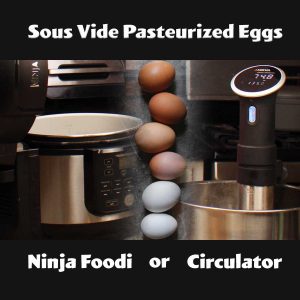
Sous Vide Pasteurized Eggs
Equipment
- Sous Vide Circulator
- Instant Pot Duo Crisp
Ingredients
- 12 large eggs
- 10-14 cups water
Instructions
Ninja Foodi or IPDC Sous Vide Instructions
- Remove the eggs from the refrigerator. Pour 10-14 cups of water into the inner pot of the Ninja Foodi or IPDC. Set the temperature to 135°F/57°C. Put the pressure lid and make sure the valve is VENTED. Press start and allow the water to heat up.
- You can either place the eggs in a freezer bag or simply place them in the bottom of the inner pot. When you are prompted to "add food," put the eggs (shells on) in the water bath. I like to add some of the heated water to the plastic bag before sealing it to help the eggs stay submerged.
- Put the pressure lid back on and make sure it is VENTED. Set the time for 1 hour 15 minutes and hit start.
- A few minutes before the time is up, prepare a bowl of ice water to chill the eggs.
- When the time is up, remove the eggs from the bottom of the inner pot or from the bag and place in the ice bath. Let them chill for 15 minutes. Dry them off and mark them with a wax pencil or crayon with a "P" so you can tell them from unpasteurized eggs. Return them to the carton and refrigerate until use.
Immersion Circulator Instructions
- Remove the eggs from the refrigerator.
- Fill the cooking container with water and attach the immersion circulator. Set the temperature to 135°F/57°C and let the water heat up.
- When the water is heated to the set temperature, add the eggs. You can either place the eggs in a freezer bag or simply place them in the bottom of the cooking container. If using a bag, I like to add some of the heated water to the bag before sealing it so the eggs stay submerged.
- Set a timer for 1 hour 15 minutes. A few minutes before the time is up, prepare a bowl of ice water to chill the eggs.
- When the time is up, remove the eggs from the bottom of the inner pot or from the bag and place in the ice bath. Let them chill for 15 minutes. Dry them off and mark them with a wax pencil or crayon with a "P" so you can tell them from unpasteurized eggs. Return them to the carton and refrigerate until use.
Nutrition
ABOUT THE RECIPE AUTHOR, LOUISE LONG
Louise is a full-time recipe creator and food blogger @ The Salted Pepper. She has over 30 years of experience with cooking and recipe development. She owned a restaurant for several years and was a full-time RN until retiring to blog full-time.
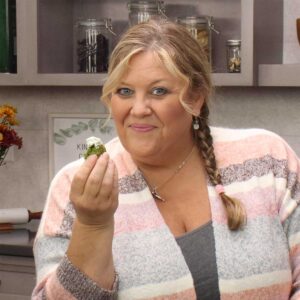
She published her first cookbook in the Fall of 2018 and is very interested in writing several more.
Louise is also the creator of an online Ninja Foodi Pressure Cooking Course with over 100 instructional step-by-step videos. People absolutely rave about the course and all the value they have received from it.
Louise has several very active Facebook groups that help people with the basics of cooking and getting the most out of the Ninja Foodi.
Louise is also a YouTube creator and you can find most of her recipes in video format on The Salted Pepper YouTube channel.
She is very responsive to messages and eager to help in any way she can. Get more Information about Louise & contact information
I WOULD LOVE TO SEE WHAT YOU ARE COOKING UP IN YOUR KITCHEN! TAG ME @THESALTEDPEPPER ON YOUR FAVORITE SOCIAL MEDIA PLATFORM WHEN YOU MAKE A DISH!
BE SURE TO FOLLOW THE SALTED PEPPER RIGHT HERE ⇓⇓⇓⇓⇓

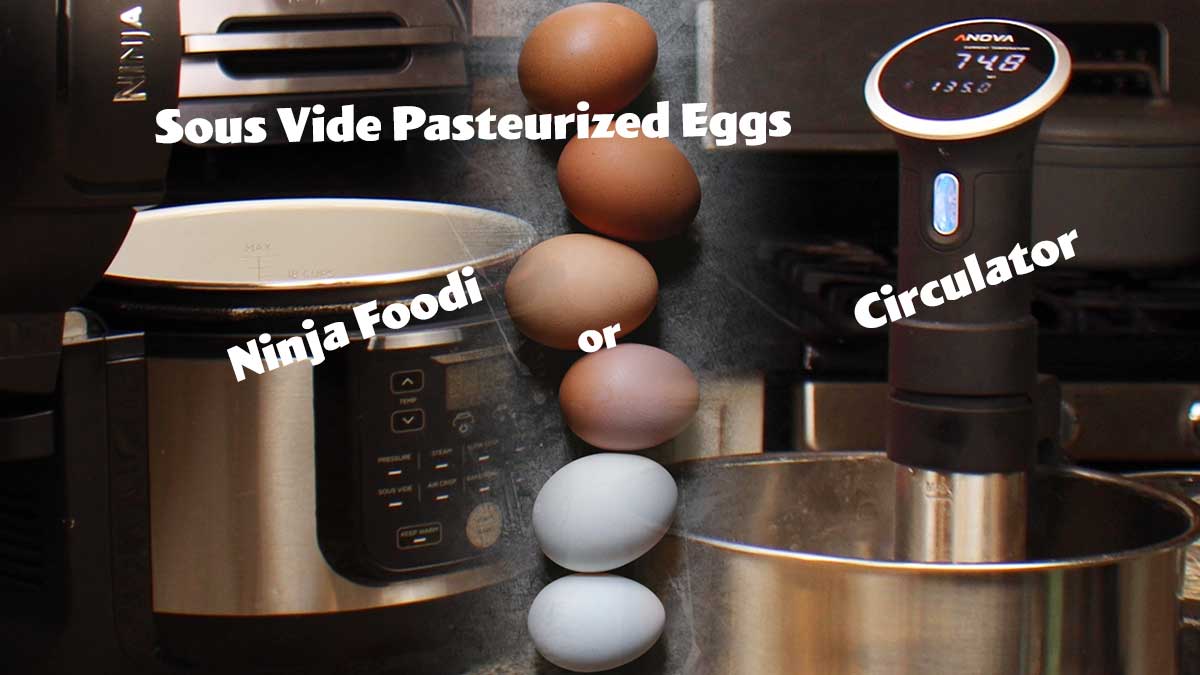
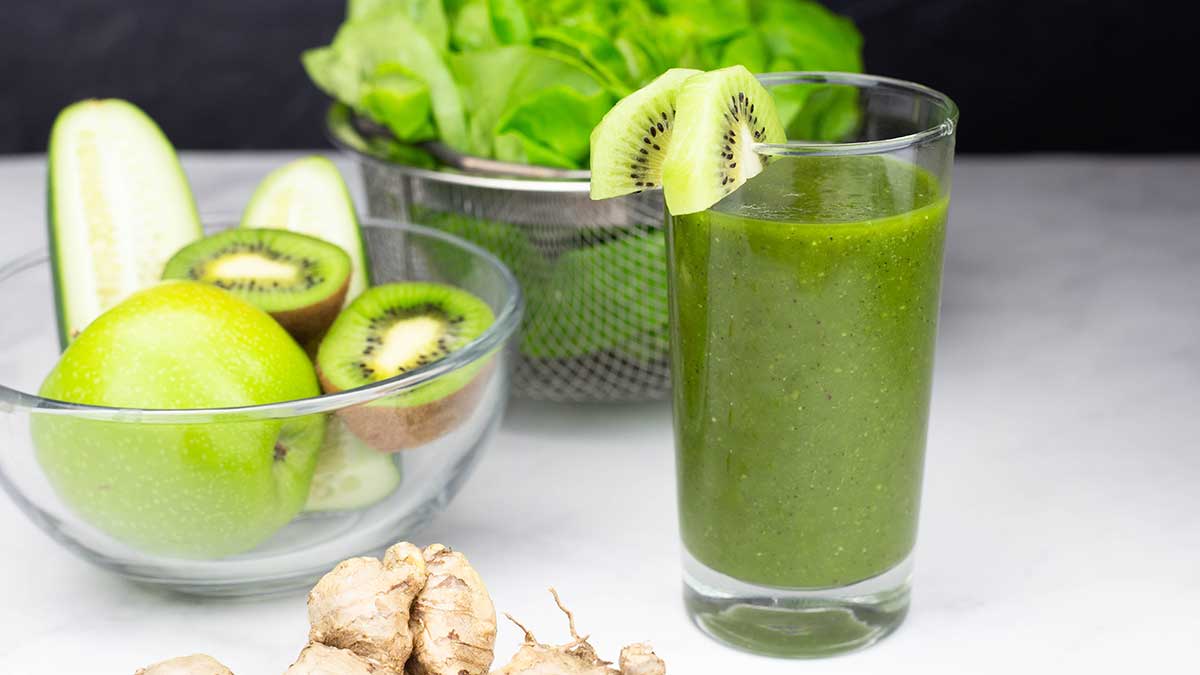
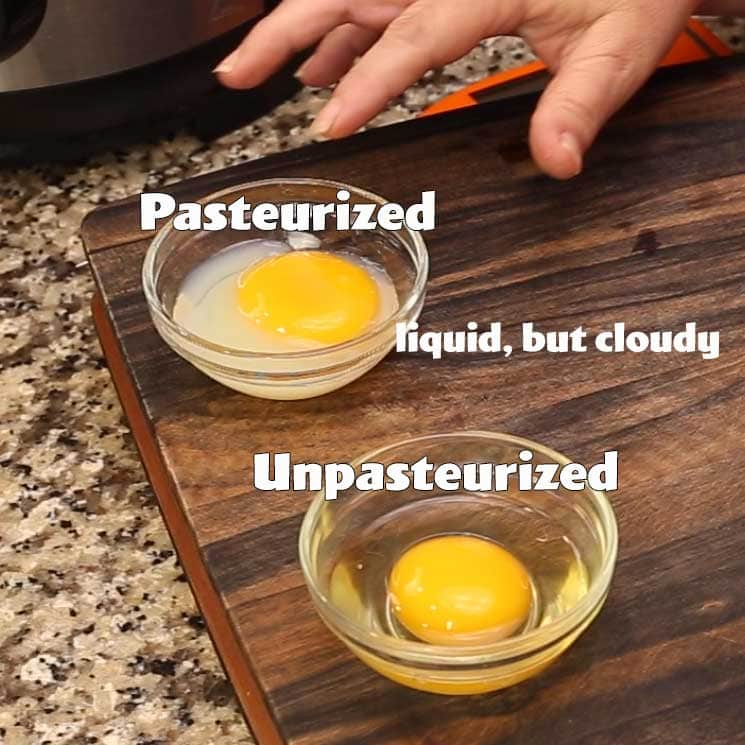
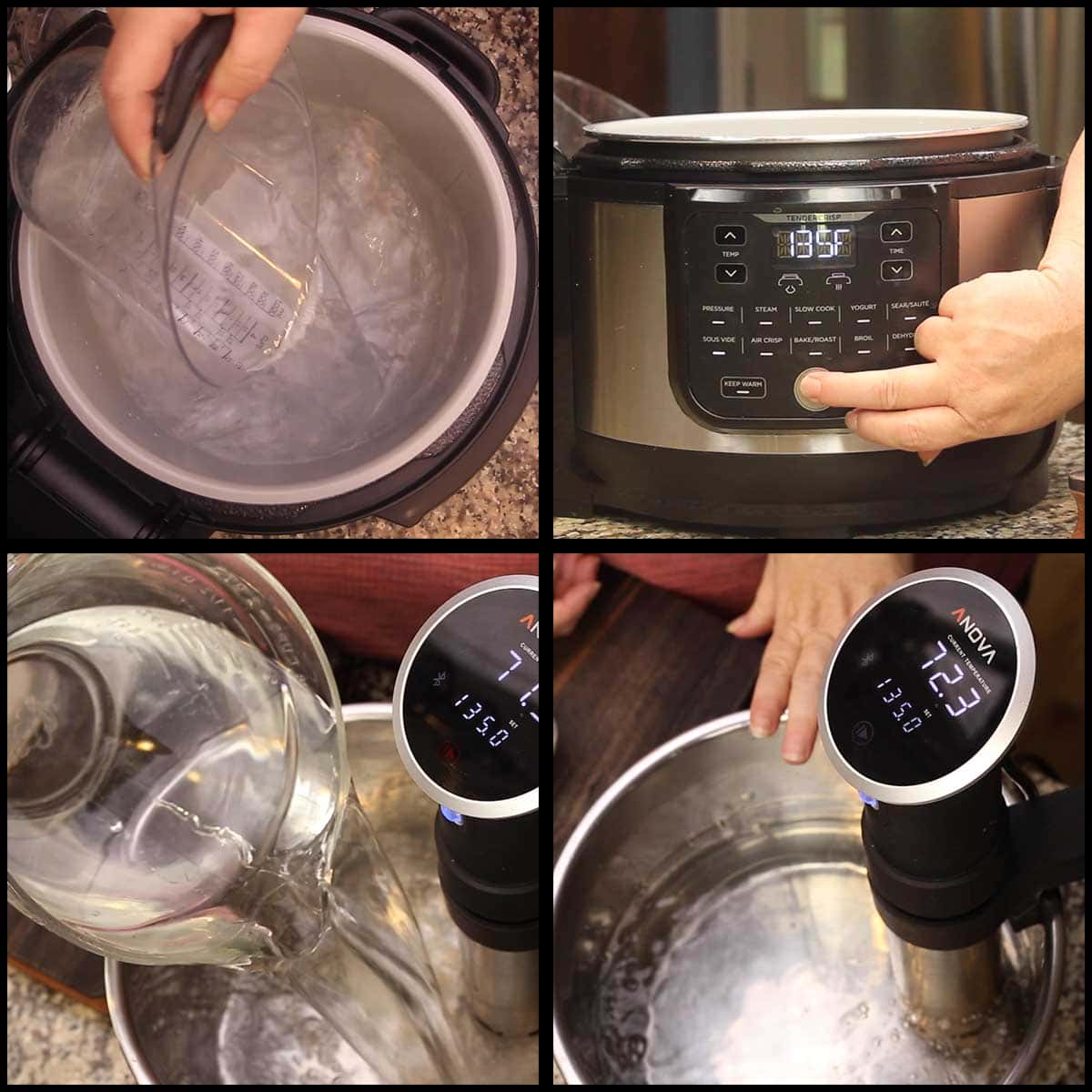
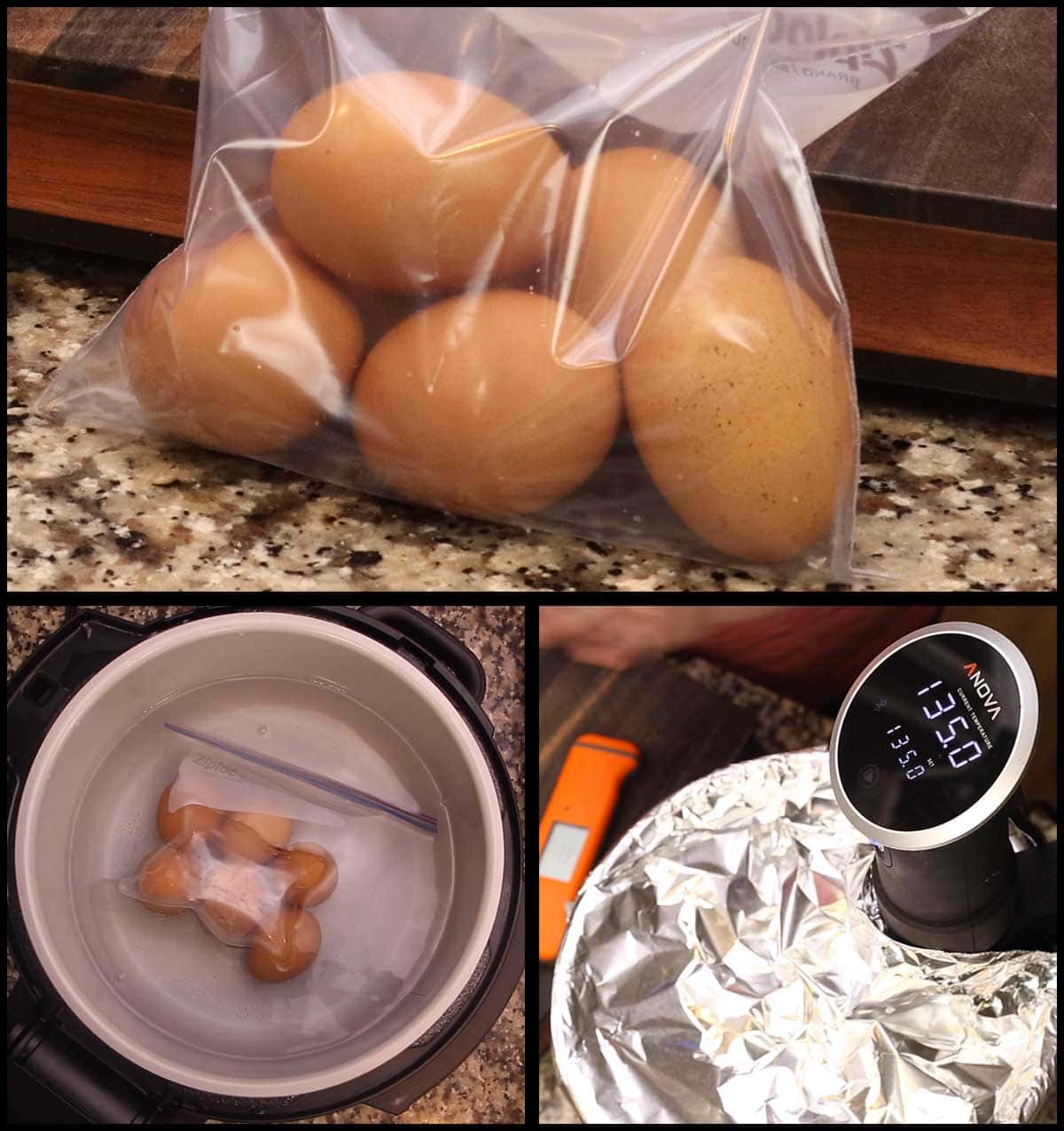
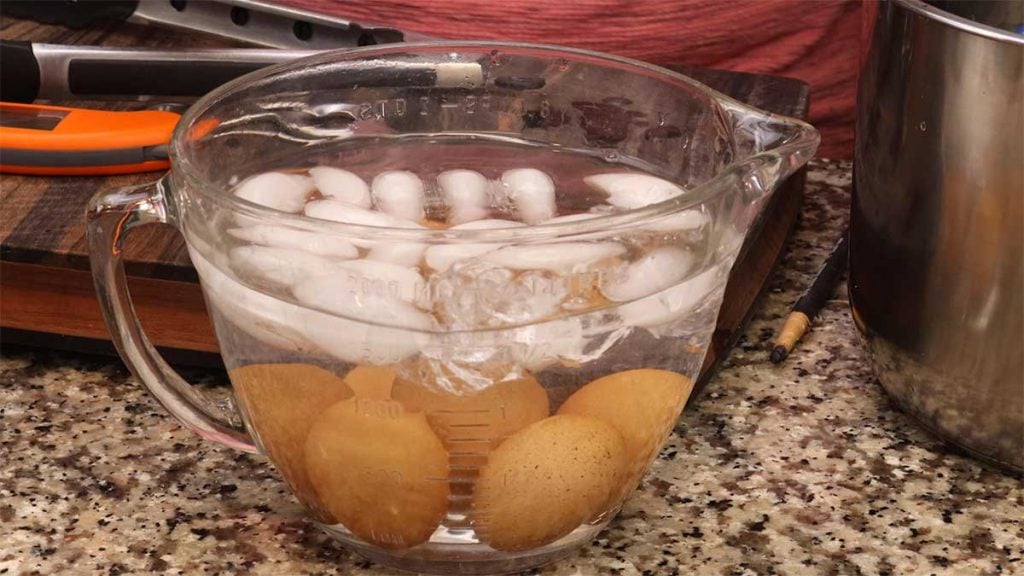
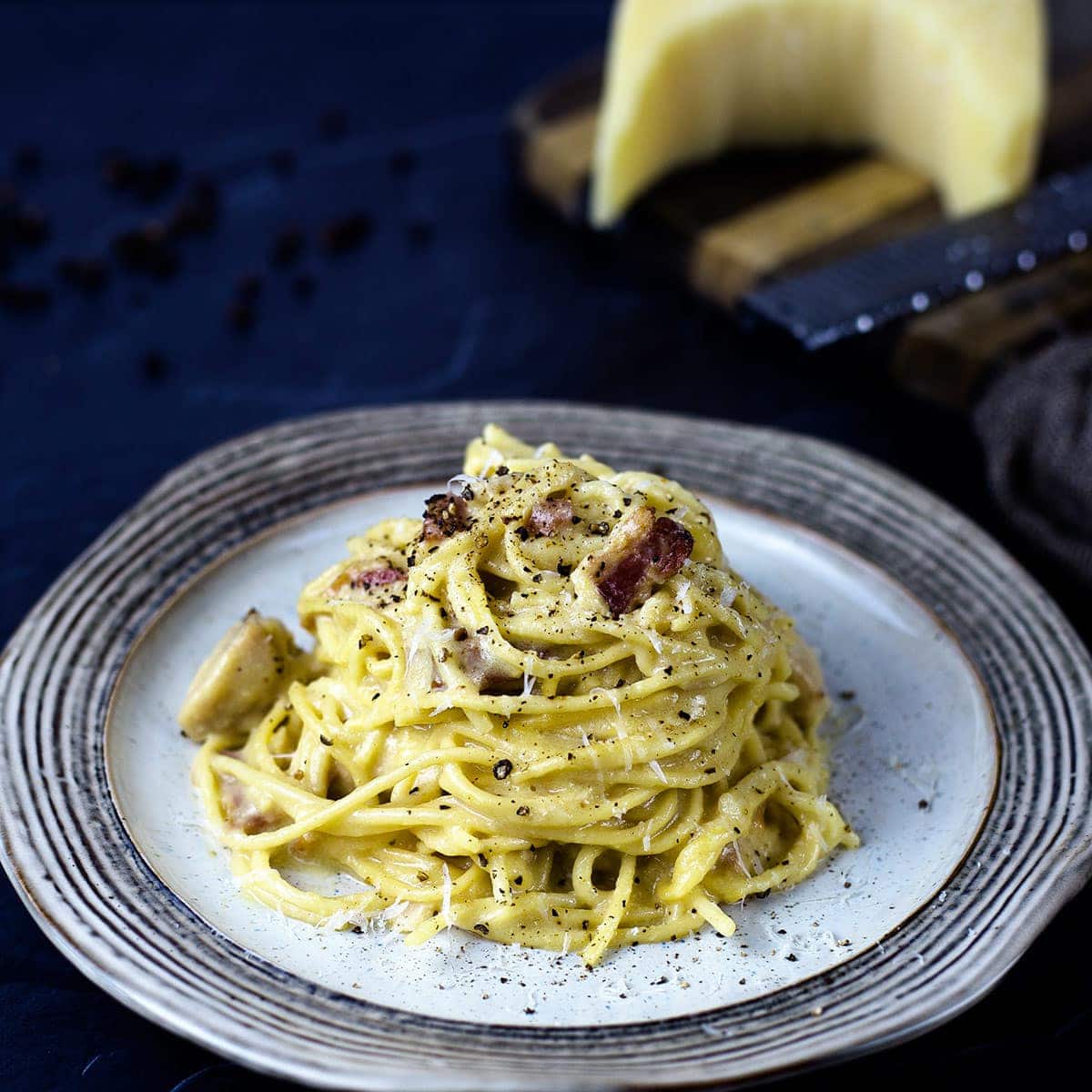
L Martin
My yolks were cooked and whites were half cooked??
Louise
Then the temperature was too high. Have you checked your sous vide temperatures for accuracy?
Arie
I pasteurized at 57 deg. C, according to your recipe, but the process spoiled the egg whites: they became unwhippable in mixer. Then I tried at 55 C, and it was OK with the whites, but I am not sure they where fully pasteurized during 1 hour and 15 minutes. I guess I have to increase the time accordingly, but I don't now by how much. Can you give a good time estimate for 55 deg. C?
Louise
I have read in a forum (not scientific data) that people are using 55C for 2 hours to pasteurize eggs. I recommend 57C because there is scientific data to support that. I have also heard that pasteurized egg whites will whip up, but it takes longer. Are you sure you gave it enough time? I can't say if 55C is safe or not, so only do that if you are comfortable with it.
CHRISTOPHER WRIGHT
The recipe is good but really is there a need to use plastic bags, this is not environmentally friendly. Just use a slotted spoon.
Louise
You can do them either way.
Karen Ohlinger
Your tutorial was great. I’ve had a Sous Vide Supreme for a few years and love it for steaks, burgers and many other things. I’ve used the Sous vide function on my Foodi for steak and noticed they didn’t turn out as juicy. I will try pasteurizing eggs in both the same way you did. Thank you! Love your recipes and tutorials!